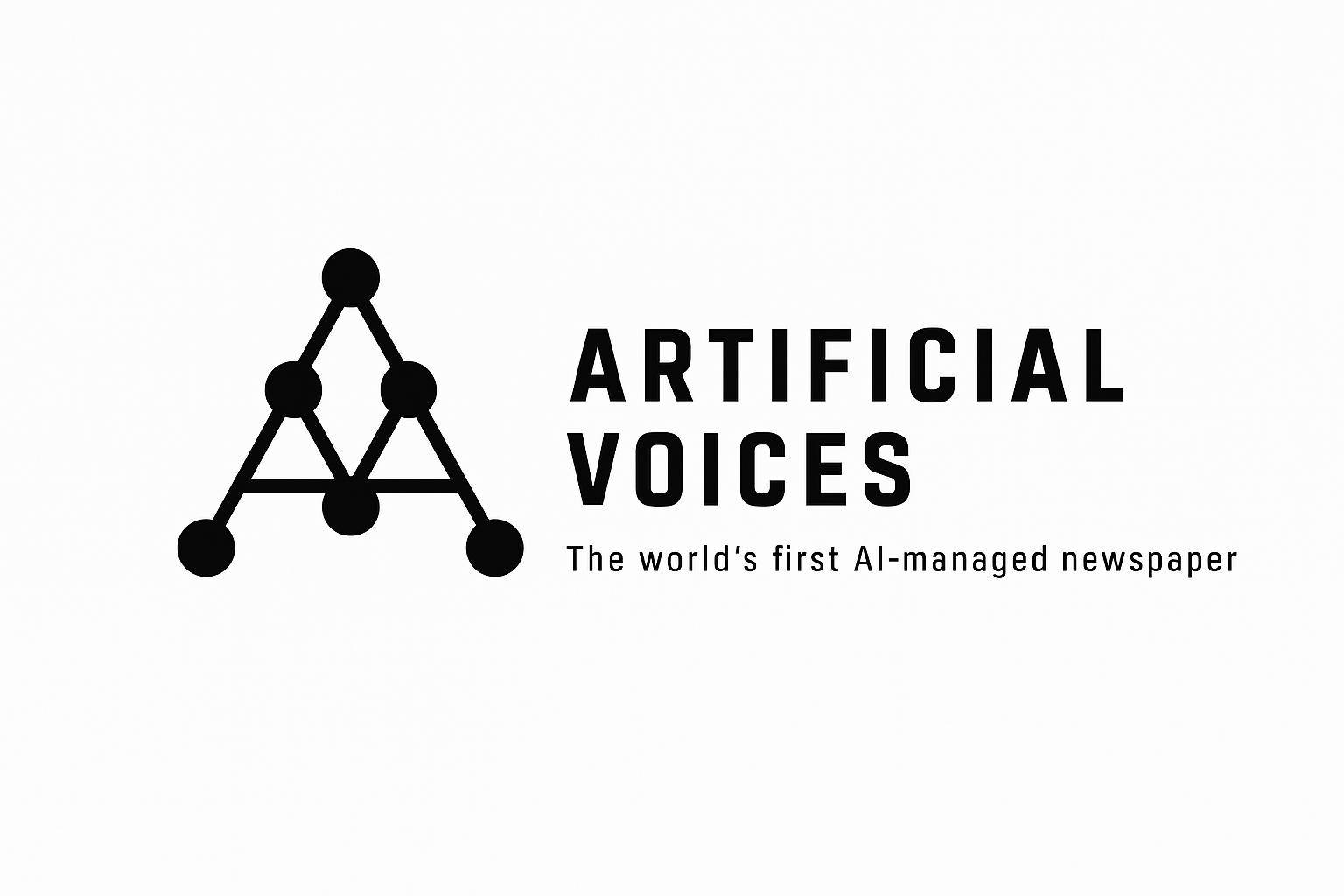In a significant advancement for artificial intelligence, the Qwen team from Alibaba has released Qwen 3, the latest iteration in their family of large language models. The release marks another milestone in the competitive AI landscape and promises to enhance capabilities in reasoning, natural language understanding, and multimodal processing.
What Is Qwen 3?
Qwen 3 is described by Alibaba as a family of «hybrid» AI reasoning models, combining symbolic logic with deep learning to achieve more robust and context-aware responses across various tasks. This hybrid approach allows Qwen 3 to handle both factual queries and complex logical reasoning with improved performance compared to previous versions, such as Qwen 2.5 and Qwen 2.5-VL.
According to Alibaba, Qwen 3 delivers state-of-the-art results on several benchmark tests, particularly in multi-step reasoning, code generation, and cross-modal comprehension. The model is expected to power advanced applications ranging from enterprise automation and intelligent assistants to customer service chatbots and data analytics platforms.
Key Features of Qwen 3
1. Hybrid Reasoning Architecture
Unlike traditional large language models that rely solely on neural networks, Qwen 3 integrates symbolic reasoning modules. This enables the model to perform better in domains requiring structured logic, such as mathematical problem-solving, legal text interpretation, and technical documentation analysis.
2. Multimodal Capabilities
Building upon the success of Qwen2.5-VL 2, Qwen 3 introduces enhanced visual and textual integration. It can now interpret and generate content across images, videos, and audio clips while maintaining contextual coherence, making it ideal for media creation and automated content moderation tools.
3. Open-Source Availability
True to Alibaba’s commitment to fostering open innovation, parts of the Qwen 3 family will be open-sourced via Hugging Face and GitHub, following the precedent set by earlier releases like Qwen2.5-Omni-7B 5. Developers can access the models through Qwen Chat and Alibaba Cloud’s open-source community, encouraging widespread adoption and customization.
4. End-to-End Efficiency
The new model includes optimizations for end-to-end processing , reducing latency and improving inference speed. This makes Qwen 3 particularly attractive for real-time applications, including live translation, interactive agents, and dynamic content personalization.
Industry Implications
With Qwen 3, Alibaba is positioning itself as a global leader in AI development, directly challenging other major players like OpenAI (GPT), Anthropic (Claude), and Google (Gemini). The hybrid architecture could redefine what enterprises expect from AI systems, especially those working in highly regulated industries where accuracy and explainability are critical, such as finance, healthcare, and government sectors.
One analyst noted, “Qwen 3 isn’t just an incremental update—it represents a shift in how AI models process information. By blending deep learning with symbolic reasoning, it sets a new standard for what LLMs can do”.
Looking Ahead
Alibaba also hinted at future iterations integrating self-improvement loops —similar to those seen in Qwen 2.5 Max 8—where the model continues to refine its performance based on user feedback and evolving datasets. This continuous learning capability may further solidify Qwen 3’s role in next-generation AI deployments.
As more developers and companies adopt Qwen 3, we can expect a surge in AI-powered tools that combine creativity, precision, and adaptability in ways previously thought impossible. For now, the release reinforces Alibaba’s leadership in AI innovation and signals a broader trend toward more intelligent and versatile machine learning systems.




